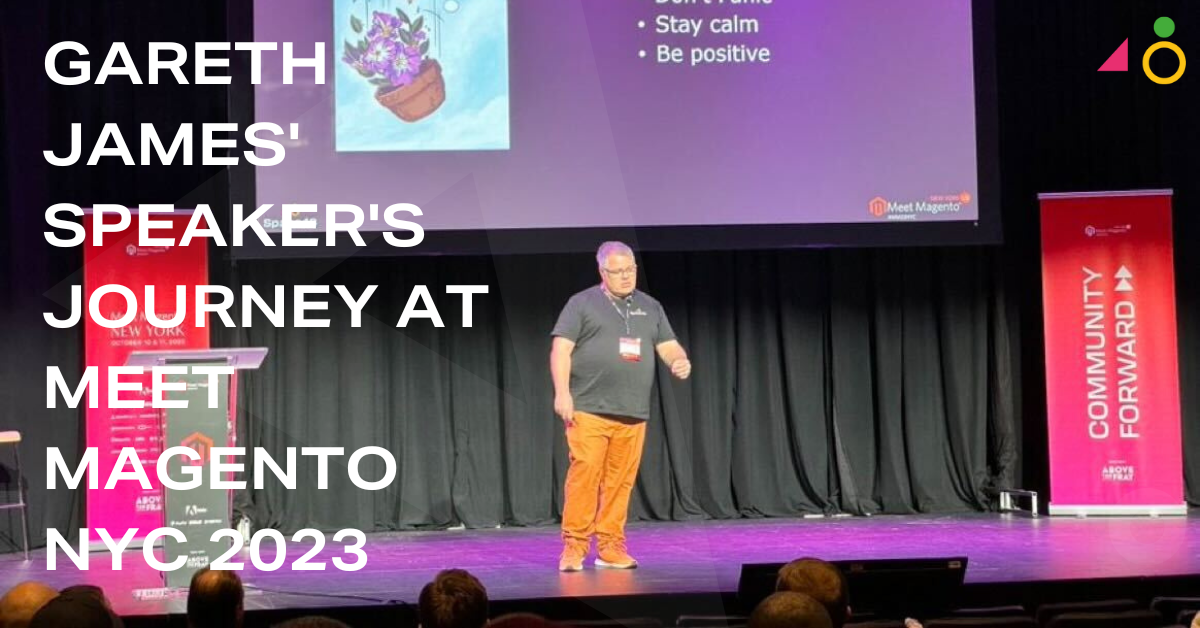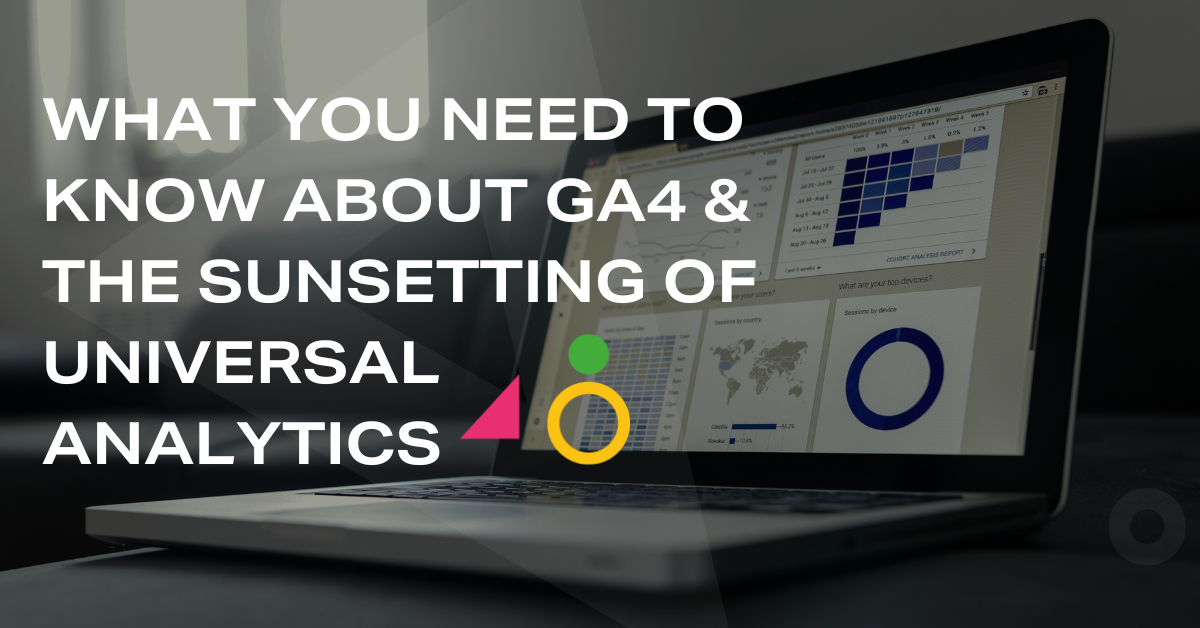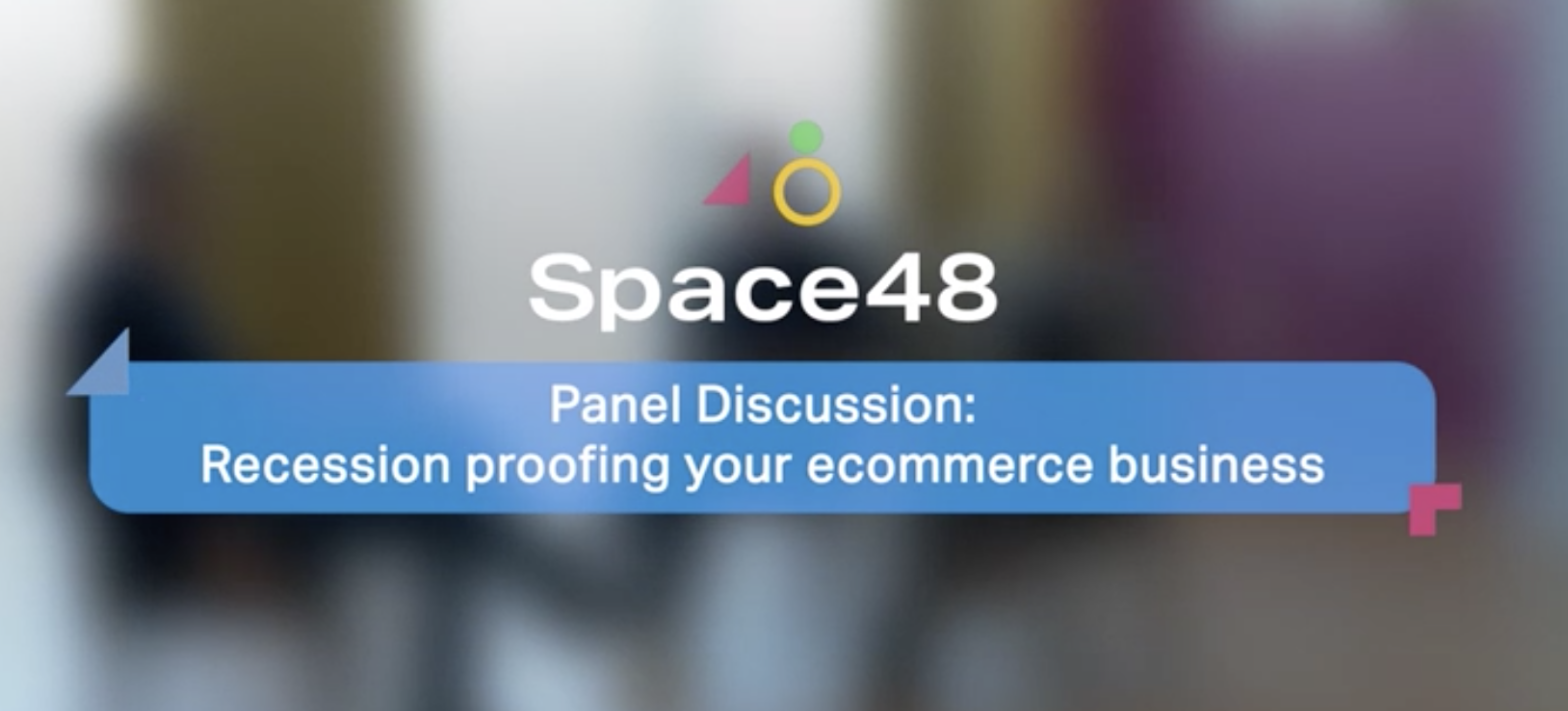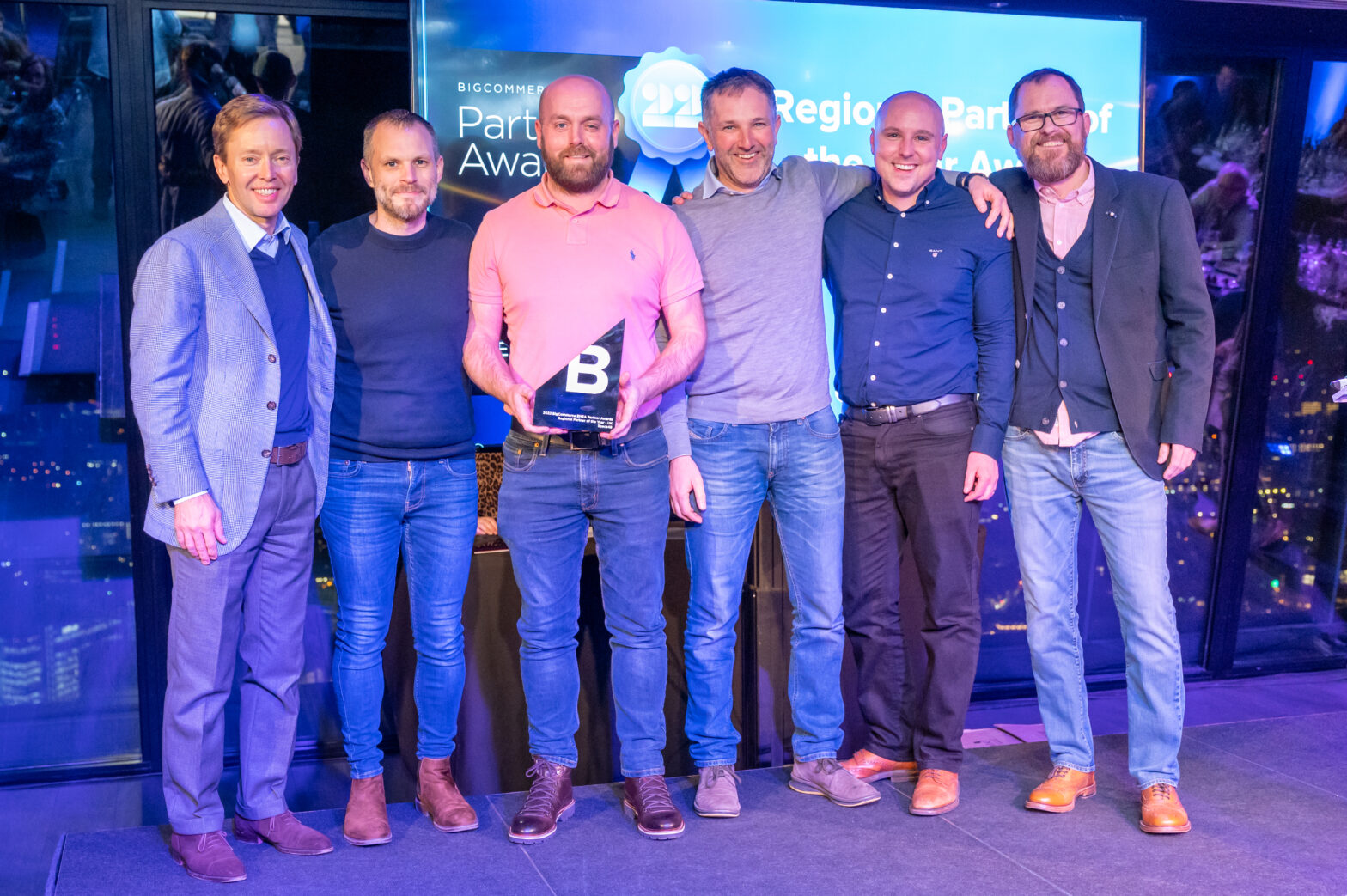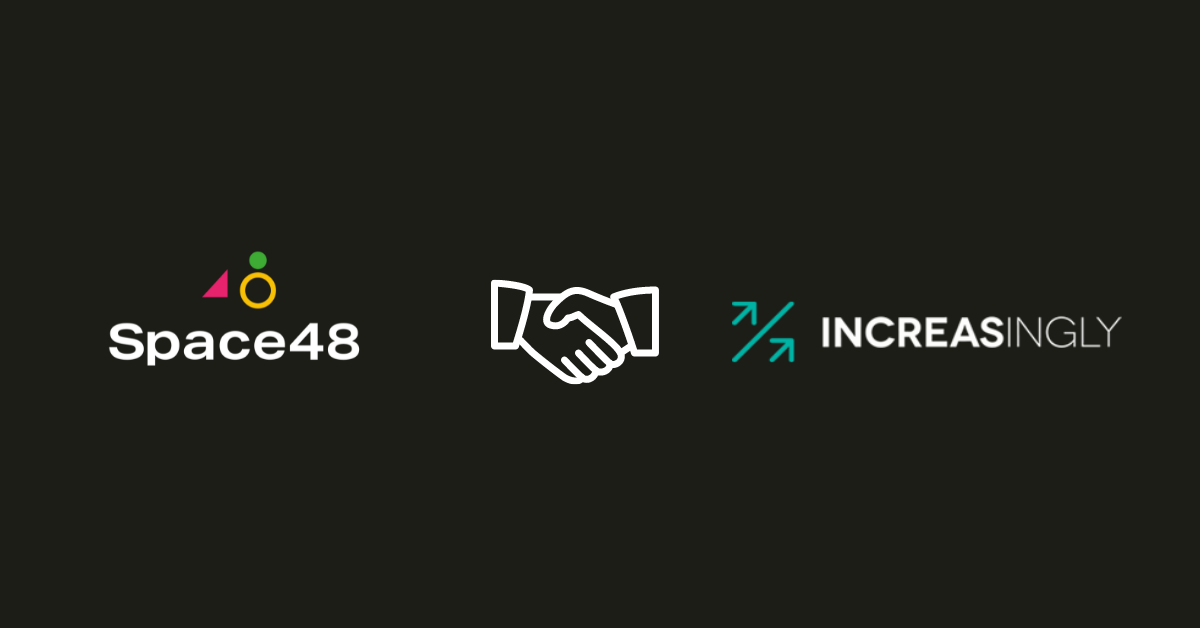
Biggest missed opportunities in ecommerce revealed
As an experienced ecommerce consultancy and award-winning developer of Magento and Magento 2 websites, we see so many missed opportunities holding brands back and hindering their progress.
Whether it’s businesses not using suitable acquisition channels, underutilising automation and personalisation or not having adequate resources dedicated to research, measurement and conversion rate optimisation (CRO), these oversights will damage your performance and growth.
Here we outline the key missed opportunities in ecommerce and give you our ecommerce optimisation tips to significantly increase your conversions and improve customer experience:
Acquisition strategies
Many of the common missed opportunities in ecommerce hinge around customer acquisition strategies – or the lack of an acquisition strategy in general. It’s surprising to come across so many businesses that don’t have a proper acquisition strategy in place. If you don’t do adequate research and analysis into acquisition channels, you’re not being strategically focused on ROI and cost per acquisition (CPA).
Channel suitability audit
You should carry out an acquisition channels suitability audit. Your target audience and key personas may be residing on channels you’re not utilising, which is a damaging missed opportunity. Many ecommerce companies focus on Google AdWords, which, whilst being a solid platform for ecommerce, can be very competitive, resulting in high click costs and a sometimes saturated advertising space. We see a lot of brands not using Facebook ads, for example, for customer acquisition. Well-planned Facebook ads can be a hugely lucrative channel, but many business owners are apprehensive and let old-school views cloud the business opportunity.
The problem with a cautious approach is that by the time you’ve got on board with certain channels, you’re late to the party and your competition has already established a relationship. Meanwhile, you may have missed out on other new and fast-growing channels that suit your brand, audience and product offering.
Facebook ads from Effortless Skin:
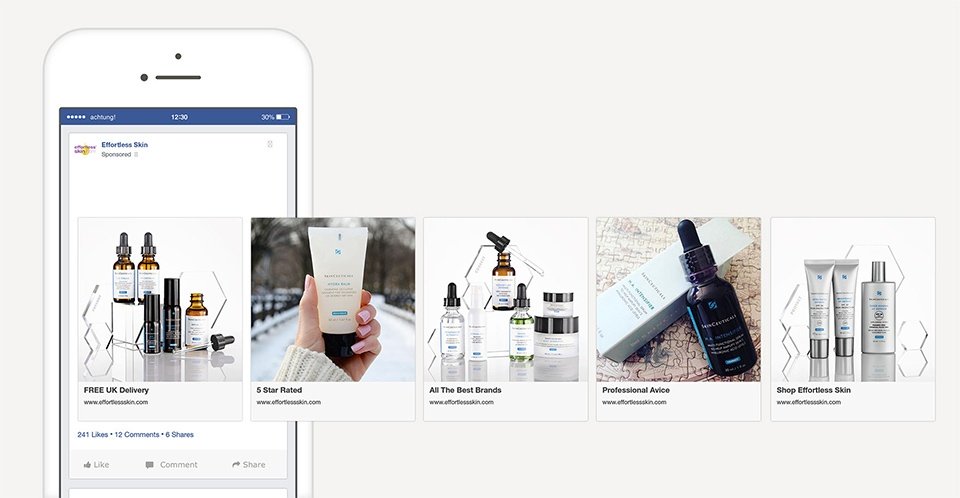
CRM and tracking ecommerce store activity
We find numerous brands that don’t use email workflows or other channels to connect with and delight customers post-purchase. This means there’s no nurturing and segmentation process in place and that’s a huge mistake.
Online retailers need to track visitor activity as soon as they hit their websites. The best way to do this is by using a suitable CRM platform, which allows brands to track visitor activity and use the data and insights to improve UX, CRO, product display and inventory, customer relationship nurturing and segmentation.
So why are so many ecommerce businesses letting these opportunities pass them by? With big companies, it’s often down to poor communication internally and between key stakeholders. With smaller companies, it sometimes comes down to a (perceived) lack of resources, expertise and confidence in measuring techniques and solutions. Alternatively, it can be due to inadequate and inexperienced agencies.
Automation and personalisation
A lack of personalisation and automation on ecommerce stores is a cyclical problem. Each time a visitor arrives on a site without automation or personalisation in place being is a missed opportunity to gain insights to engage, interact and nurture prospects and customers.
When one of our customers implemented personalisation software on their site, specifically for Google Shopping Landing pages, there was a 46% increase in transactions (when comparing year on year).
Personalisation is becoming increasingly crucial for ecommerce businesses, as consumer trends demand more individual customer journeys and experiences. Don’t get left behind by not using personalisation on your ecommerce sites, as innovate brands are using hyper-personalisation to drive a more intricate, relevant and tailored customer journeys to build customer loyalty and increase customer lifetime value (CLV).
Charlotte Tilbury email personalisation:
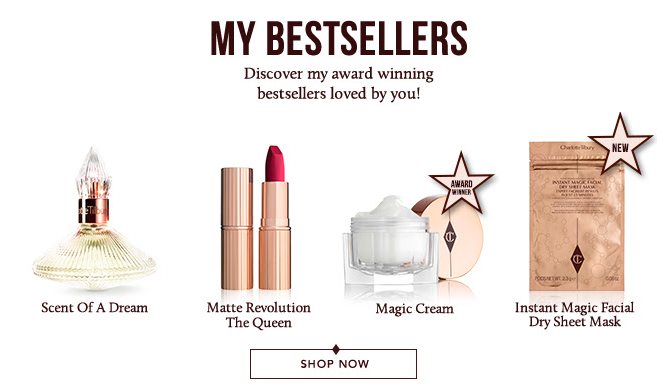
Product proposition
Many ecommerce stores overlook simple opportunities around product proposition and cataloguing. Here are some questions that you should be asking of your brand’s product proposition:
- Is your product offering too limited or too wide?
- What are your key differentiators from your competitors?
- What is your average order value (AOV) and how is this changing over time?
If you don’t have a clear answer to some of these questions, there are gaps in your ecommerce strategy that need to be addressed, as you’ll be missing key opportunities to effectively connect with your audience.
Product range
Both ends of the scale can frustrate customers and become a roadblock in the route to purchase. Is your range extensive and optimised? Are you offering the right styles, colourways and brands that connect with your key personas?
Again it’s down to doing the right level of research. Also, consider reaching out to other brands to widen your range depending on competitor research and customer insights. Be bold with your portfolio and consider reselling and collaborating with third parties, i.e. with connecting with Amazon.
Key differentiators
Think about what gifts and incentives you can give customers to encourage engagement and conversions. Are you offering relevant products as incentives? Beyond gifts and incentives, think about what products might work well with your existing product ranges.
For example, if your key personas are horse riders and horse lovers, would it be beneficial to stock wellingtons or other related products that can make you stand out from competition and act as product recommendations for certain purchases?
Naylors related product recommendations:

Charlotte Tilbury related product recommendations:
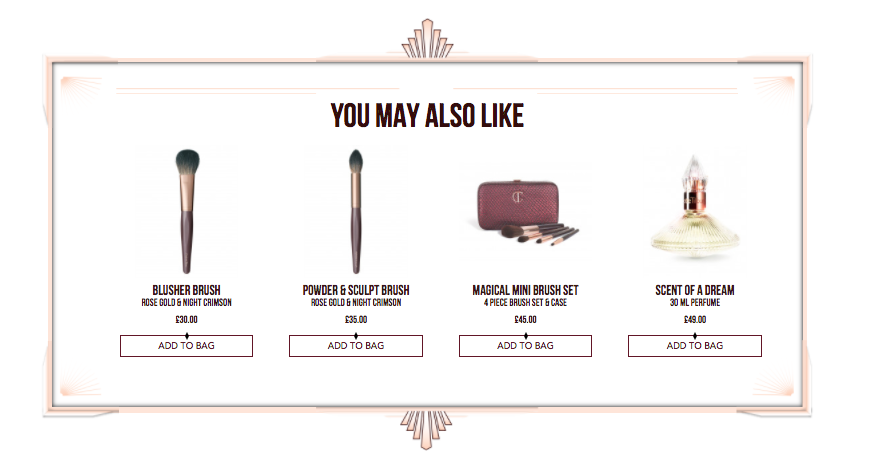
AOV and delivery threshold
You need to know your average order value, as it’s a key performance indicator (KPI) to help you optimise your delivery threshold. Your AOV will largely dictate your delivery threshold, but don’t be too rigid. If your threshold is too high, it will damage your conversion rate and if it’s too low it can limit your AOV.
Test different limits on free delivery and try staggering delivery thresholds according to different order values. This will help you find an optimal delivery threshold for your products and give you insights to steer your incentives for free delivery or speedy delivery on customer loyalty campaigns and seasonal offers.
Benchmarking and social listening
It’s important to do benchmarking and social listening to be aware of competitor activity and keep up-to-date with consumer and industry trends. If you don’t have your finger on the pulse in this fast-changing digital environment, opportunities to innovate and pivot will pass you by and your ecommerce business will stagnate.
Affiliates and influencers
Closely linked to social listening is influencer marketing. Retailers are increasingly realising the value of influencers for driving brand engagement. Find key influencers in your industry and reach out to suitable influencers who represent an opportunity to enhance your brand’s reputation, improve engagement and increase your conversion rate.
Influencers can give kudos and social proof to your products and significantly increase your reach to new audiences – not only by association, but via collaboration with your brand. Many brands don’t leverage influencers effectively enough, or at all. Collaboration with other brands and aligned influencers is a mutually-beneficial tactic and should be a part of every ecommerce strategy.
Charlotte Tilbury celebrity influencers on Instagram:
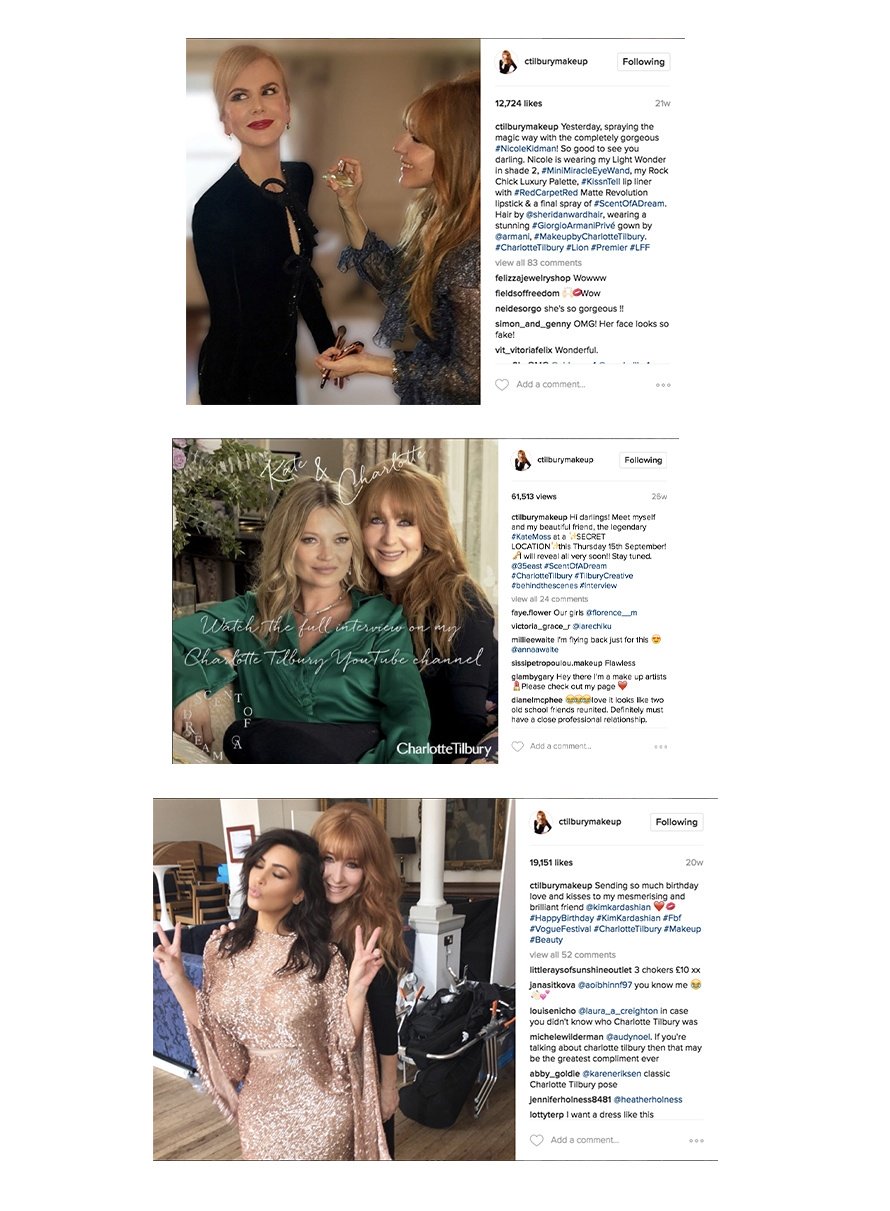
Naylors mention in reputable magazine ‘Horse & Hound’:

Creative review
Finally, don’t underestimate the importance of testing various elements of your creative. Producing what you think is dazzling creative, in terms of colours, visuals, CTAs and layout, doesn’t necessarily mean it will connect well with your customers. Just like you would test ads, social media and email marketing campaigns, it’s crucial to A/B test and analyse the impact of different elements of your website’s creative. This CRO process will help you get your creative right and optimise key areas of your site, to be more targeted to your audience and lead to more conversions.
Summary
Focusing on missed opportunities in ecommerce isn’t just about what you’re not doing, it’s about having a proactive approach and an agile strategy. Amazon is the guidepost for ecommerce store performance and customer experience and even with conversion rates of 10% (more than 3 times the average conversion rate of online retailers), they are still continually looking at ways to improve this further. Remember, with customer expectations changing and new technology emerging all the time, there are always more opportunities to improve and update ecommerce strategies.
If you found our ecommerce conversion tips useful, check out these related ecommerce blogs:
5 Essential Key Performance Indicators (KPIs) for Ecommerce
6 Strategic Ways to Improve Your Ecommerce Store’s Performance
Space 48 is an UK-based ecommerce consultancy, specialising in Magento and Magento 2, enabling businesses to develop and improve their ecommerce websites. We are currently offering you a free audit of your ecommerce store to help you assess the opportunities to improve its functionality and performance.
Want to improve your ecommerce store performance? Have you considered replatforming?
Download our free guide to Magento 2

